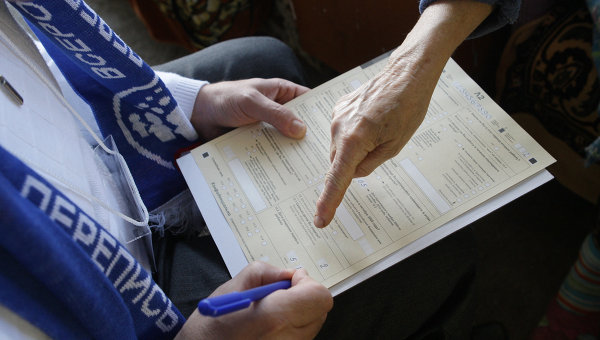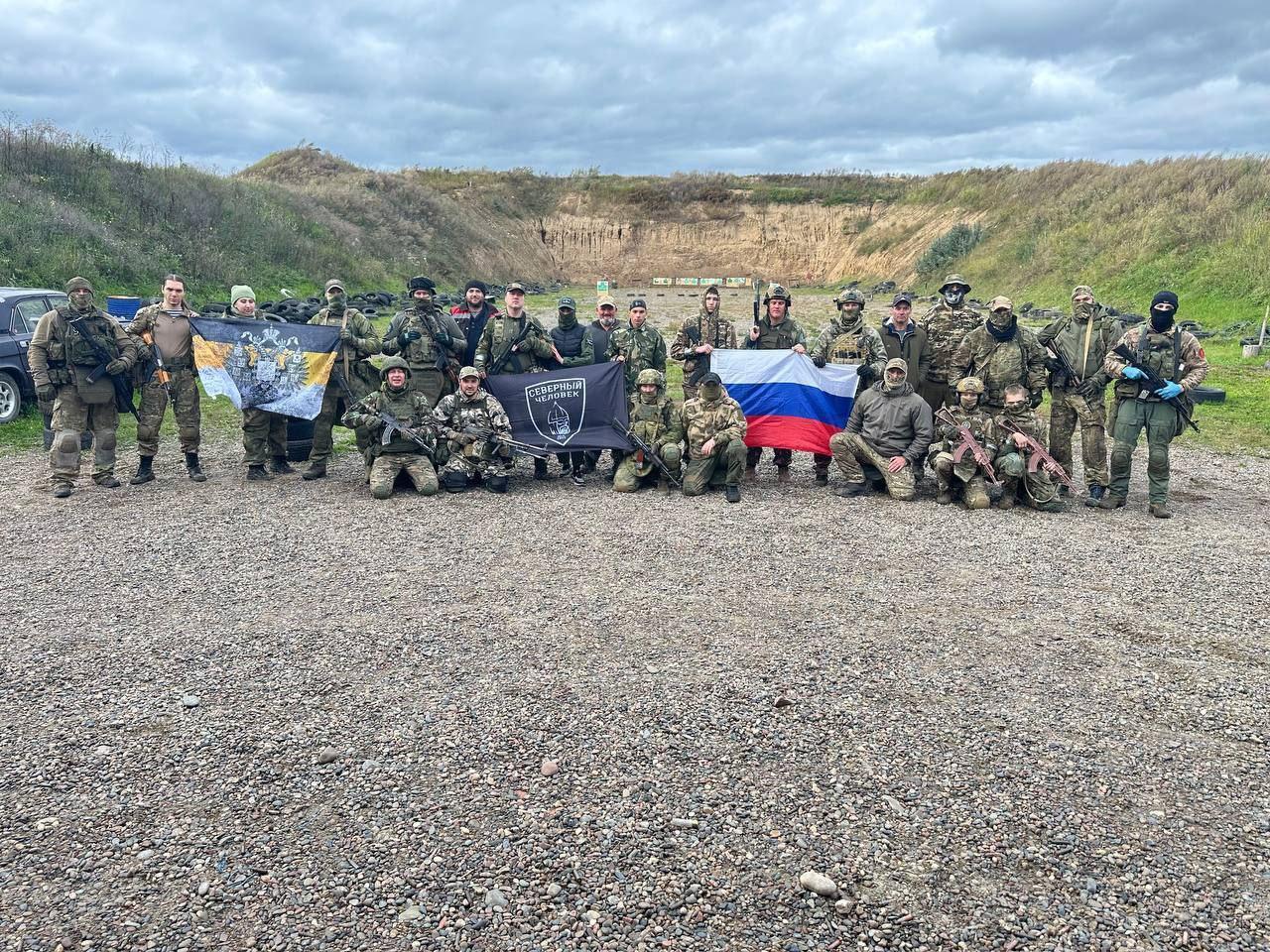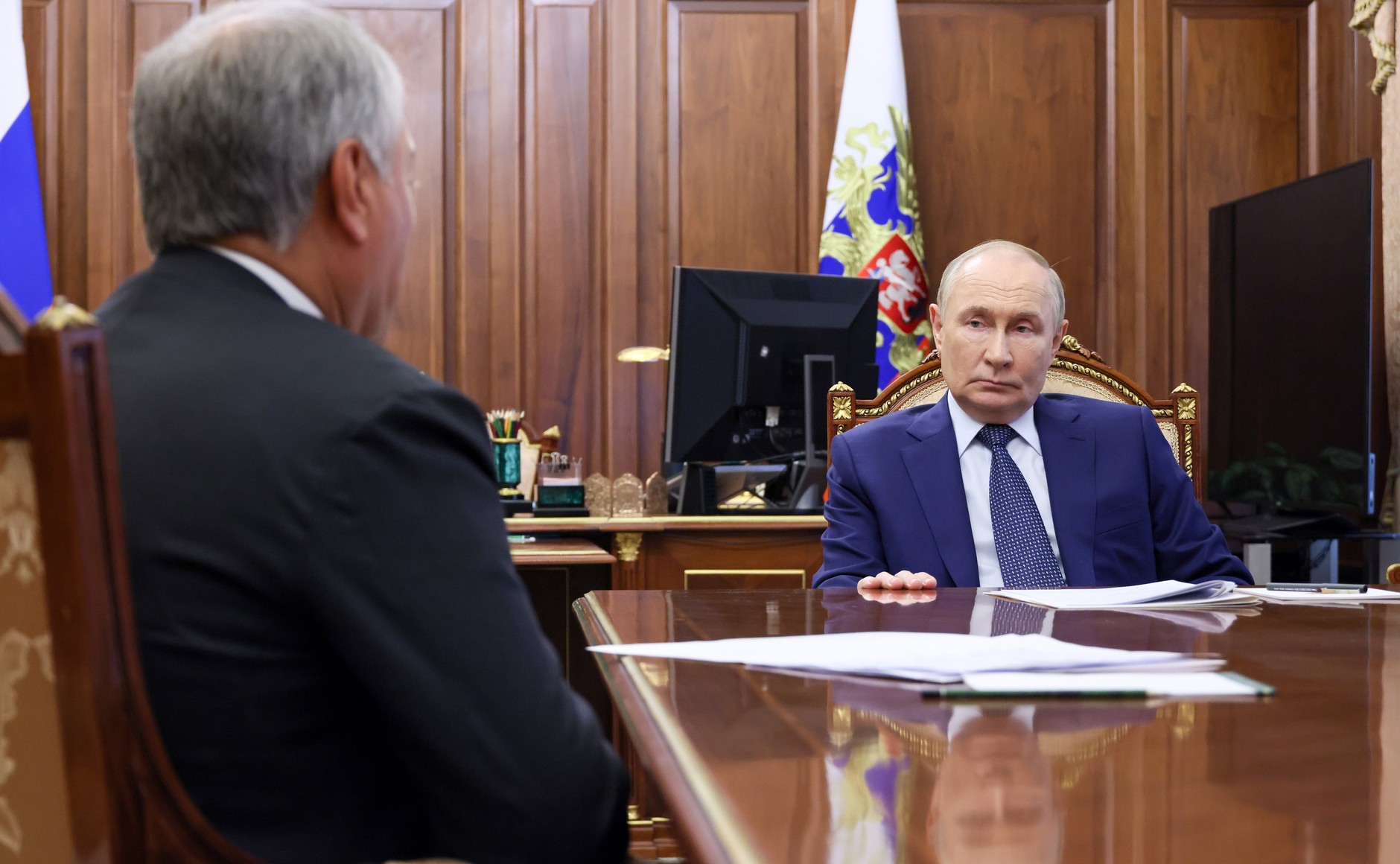
2010 Census Shows Fewer Russians, More Non-Russians, and Many Who No Longer Declare an Ethnic Identity At All
2010 Census Shows Fewer Russians, More Non-Russians, and Many Who No Longer Declare an Ethnic Identity At All
According to recent census results, the rate of the overall decline in the population of the Russian Federation nearly doubled during the past decade compared to the rate over the course of the 1990s, but that trend obscures rather than highlights three more important developments: the share of ethnic Russians continues to decline more rapidly than that of the population as a whole, that of many non-Russian nationalities is growing more rapidly, and the share of those who declare no nationality at all has risen 362 times over the number of that group two decades ago.
The summary figures for the 2010 Russian census showed that there were 145 separate peoples and 48 additional ones who were defined as subgroups of the former residing in the country. Of the 145, 47 had more than 50,000 members and formed 99.4 percent of the population of the Russian Federation. The other smaller peoples thus formed less than one-half of one percent of the population (www.gks.ru/free_doc/new_site/perepis2010/croc/Documents/Vol4/pub-04-01.pdf).
The census found that the share of ethnic Russians was declining relative to the others, both indigenous and immigrant, but not as significantly as had been the case in the 1990s, largely because fertility rates among many non-Russian peoples have declined, approaching those of the ethnic Russians. But according to Demoscope, a Russian weekly on demographic trends, “the main distinction of the 2002–2010 intercensal period from the previous 1989–2002 one was an acceleration in the contraction of the size of the population.” In the earlier case, the country’s population was falling 0.1 percent a year; in the second, 0.2 percent, a trend that is unlikely to be reversed anytime soon given the age structure of ethnic Russians—the ethnic Russian population is aging faster than most of the other large peoples, and there are ever fewer Russian women in the prime childbearing age cohort (demoscope.ru/weekly/2012/0531/tema03.php; aillarionov.livejournal.com/476194.html).
Not surprisingly, many ethnic Russian commentators bemoaned these overall figures and projected “the withering away” of the Russian nation even as they proposed that Moscow do more to combat that trend (www.mk.ru/social/article/2012/11/27/779452-russkie-stali-vyimirayuschim-vidom.html). Many non-Russians and especially Muslim writers suggested that the decline of the ethnic Russians reflected “high infant mortality, low fertility, emigration, poor health, a short life expectancy and a culture that supported high levels of consumption of alcohol” even as they argued that this change “will force the government to interact differently with the population, which in the coming years will become ever more diverse” (www.ansar.ru/society/2012/12/01/3544).
Such discussions and debates will only intensify in the coming weeks, as other experts weigh in on problems with and the limitations of this new census data. That makes it important to dissect the census data as finely as possible. Russian analyst Andrey Illarionov does just that on his blog, which outlines “the basic results of the demographic evolution of Russia over the last two decades” (aillarionov.livejournal.com/476194.html). In addition, he identifies six different categories into which the peoples of the Russian Federation now fall.
Illarionov makes three basic points. First, he notes that the total population of the Russian Federation has declined by nearly three percent since 1989, from 147.0 million to 142.9 million. Second, he writes that “the dynamics of the numbers of the various peoples of Russia were different both in terms of direction and in terms of rates. As a result, the ethno-national structure of the population of the country has markedly changed.” And third, he points out that the ethnic Russian majority has fallen from 81.5 percent of the population in 1989 to 77.7 percent in 2010, with the actual number of ethnic Russians falling over that period from 119.9 million to 111.0 million.
But Illarionov’s most intriguing observation involves his dividing the 41 largest peoples of the country, those with at least 100,000 people each, into six different categories. The first group he called “the emigrants” who include the Belarusians, Ukrainians, Germans, Jews and Georgians, many of whom have left the Russian Federation over this period. Their numbers have fallen “catastrophically” from 7.4 million to 3.4 million and are unlikely ever to recover. In 1989, they formed 5.0 percent of the population of the Russian Federation. Today, they form only 2.4 percent.
The second includes the Udmurts, Chuvash, Mordva, Mari and Moldovans who are “dying out” as a result of low birthrates and high mortality rates. Over the last two decades, these groups declined from 3.0 percent of the population to 2.4 percent.
The third is made up of “the contracting” peoples. On the one hand, there are the Adygs, Bashkirs, Tatars, Azeris, Kazakhs, and Kabardins, whose share of the population dropped from 8.4 million to 5.3 million. And on the other, this group includes the ethnic Russians who suffered a far larger absolute decline in overall numbers than the other members of this group combined. Indeed, many are likely to argue that ethnic Russians should be listed separately and not together with the other six.
The fourth group consists of “the moderately growing” and includes the Osetts, Koreans, Buryats, Balkars, Armenians, Chechens, Kalmyks, Ingush and Sakha. Individually and collectively they have increased their numbers and share of the population because of higher birthrates, lower mortality rates, and in some cases immigration.
The fifth is made up of “the rapidly growing,” a group that includes the Tuvins, the Tabasarans, the Roma, the Avars, the Karachais, the Laks, the Nogais, the Turks, the Lezgins, the Dargins and the Kumyks, all of whom have far higher birthrates than death rates and an age structure that suggests these peoples will continue to expand in the future. Given overall Russian population declines, their growth of 1.6 percent a year over the last decade is striking.
And the sixth group, which Illarionov labels “the immigrants,” has increased “by the highest tempos of all. It includes the Tajiks, Uzbeks and Kyrgyz whose numbers both officially and unofficially have increased by more than 10 percent a year.
But perhaps the most interesting group is not one of these. It includes the 5.6 million people who “did not indicate their nationality” in the 2010 enumeration. That number was 362 times greater than the number who took the same step in 1989, a reflection of the elimination of the nationality line in Russian passports and other documents 15 years ago and of the apparent increase in the fluidity and uncertainty of ethnic identities among many in the Russian Federation.


